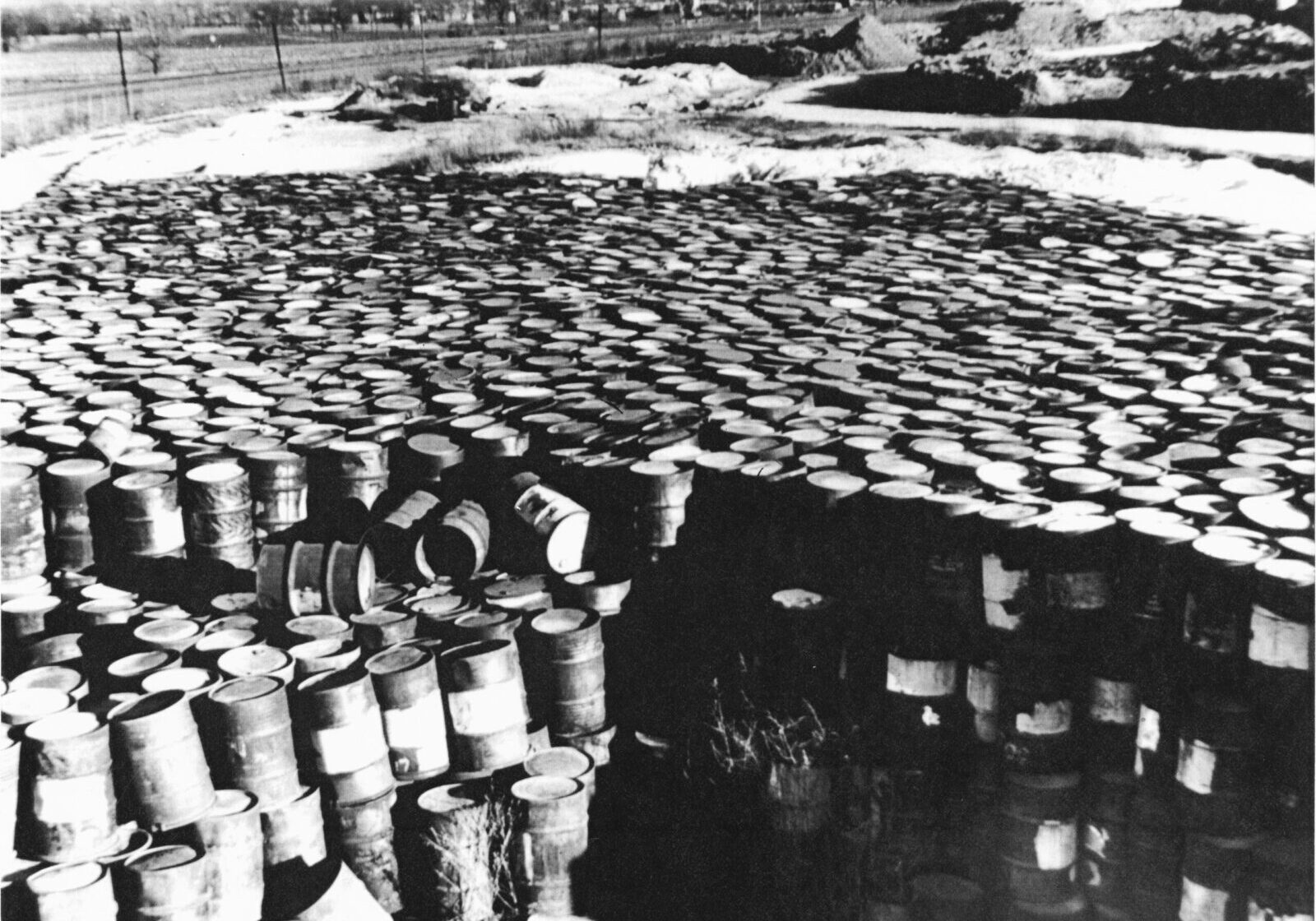The St. Louis atomic bomb waste dump still sickens

It’s been 83 years and “We still don’t know what to do with the first cupful.”
On June 2, 2025, WBUR Boston and National Public Radio (NPR) aired the “On Point” podcast regarding a decades old environmental justice struggle, “The long-term effects of nuclear waste in St. Louis.” Kay Drey, a St. Louis, Missouri environmentalist, investigator, anti-nuclear activist and Beyond Nuclear board member emerita, is recognized several times in the “On Point” podcast and acknowledged for her clarion call beginning in the 1970s to warn of the public health hazards of the nuclear waste generated at the Mallinckrodt Chemical Works in downtown St. Louis. Mallinckrodt Chemical was a government contractor for the top secret “Manhattan Project.” Their job was to refine uranium mined in the Congo for the development of the world’s first atomic bombs starting in 1942. That struggle continues today.
In speaking of the nation’s oldest radioactive waste of the Atomic Age, Kay warns us that after 83 years and the generation of more and more nuclear waste from atomic bombs and nuclear power that “we still don’t know what to do with the first cupful.” This same radioactive burial ground is still sickening residents. Men, women and children are still dying from the cancer-causing radioactive releases leaching from contaminated soil into groundwater and born upon windblown particulate and radon gas.
This post’s featured photograph is a part of the Kay Drey Mallinckrodt Collection, 1943 to 2006 from her investigative work donated to and archived by the State Historical Society of Missouri. The photo taken in 1960 is of the deteriorating steel drums from one of Mallinckrodt’s more than 82 hazardous dump sites containing the harmful radioactive residues. This is one site near Coldwater Creek at the Mallinckrodt-St. Louis Sites and the subject of the “On Point” podcast on the poisoning of those communities downstream and downwind.
[Photo credit: Mallinckrodt-St. Louis Sites Task Force Working Group, State Historical Society of Missouri, Kay Drey Mallinckrodt Collection, 1943-2006.]
Support Beyond Nuclear
Help to ensure a safer, greener and more just world for all

